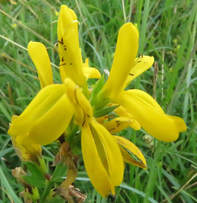 Dyer's green-weed, Genista tinctoria
Dyer's green-weed, Genista tinctoria So, the story of the bonfire bush.
And some twenty yards away, one August, I came upon a juvenile cuckoo being fed by meadow pipit mother. Pictured in Cumbrian Contrasts. Now, in early July, the adult cuckoo has flown back to Africa. And I know there's the possibility that somewhere here he has progeny- juvenile birds being reared by meadow pipits. I can still hear that rasping, begging call of the young cuckoo demanding to be fed.
Also on my wish list: in September, swallows muster. Twice I've seen this on Scout Scar. On neither occasion did I have a camera and I was so cross with myself. Each time I returned next day and of course they'd gone. So, come September I'll be on the look-out for mustering swallows. Last time, I saw several hundred birds in a larch tree on Helsington Barrows. Autumn brings the muster-motif. It's the seasonal pattern but quite when and where is always different. That's the thrill of finding things, or not.
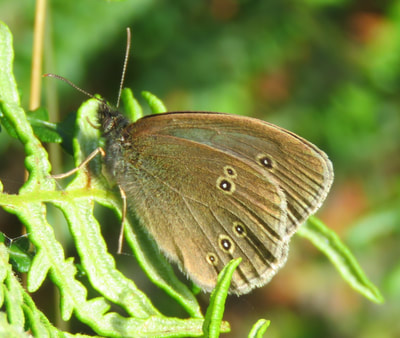
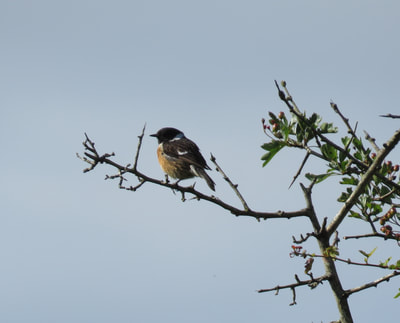
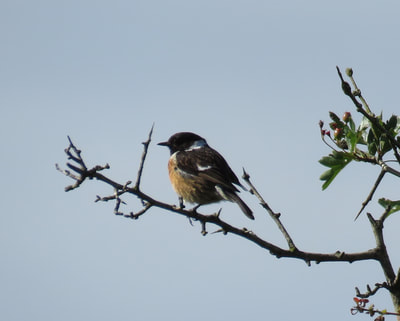
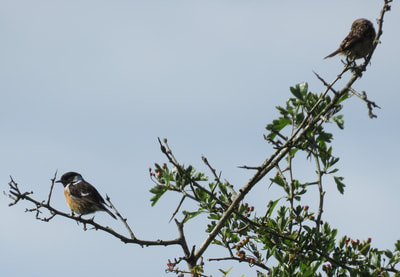
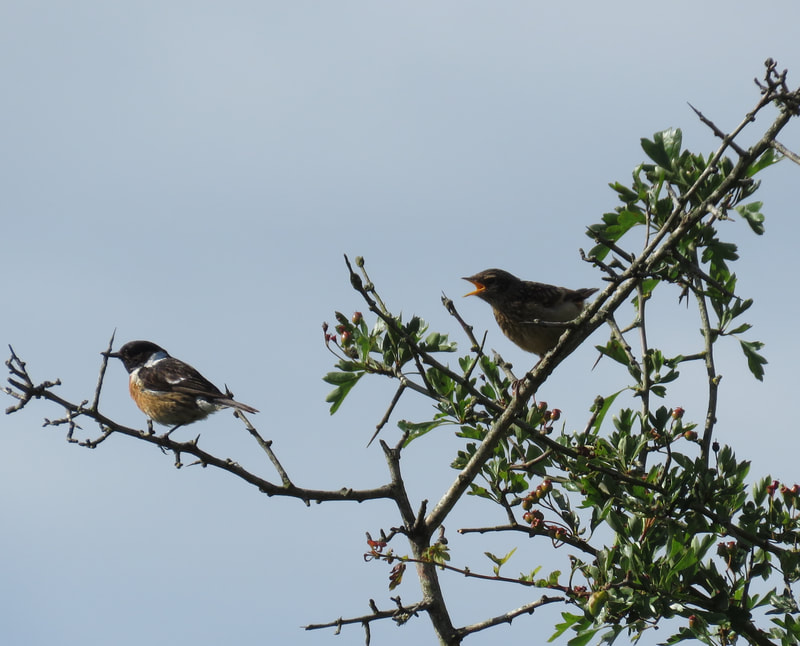
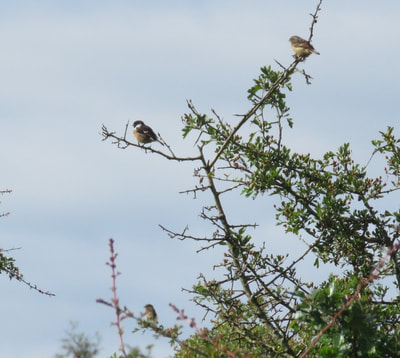

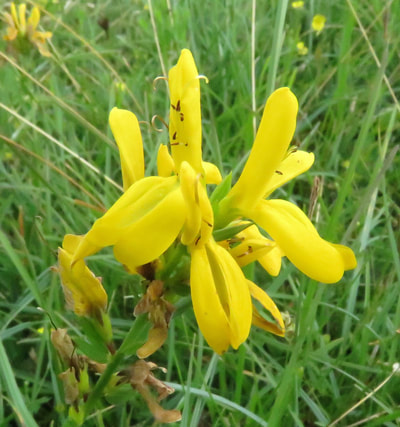
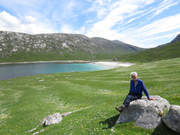
 RSS Feed
RSS Feed